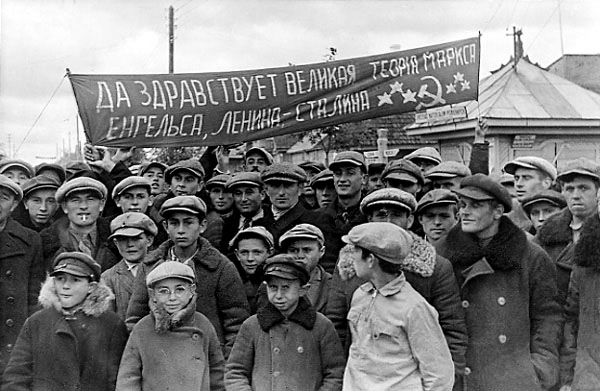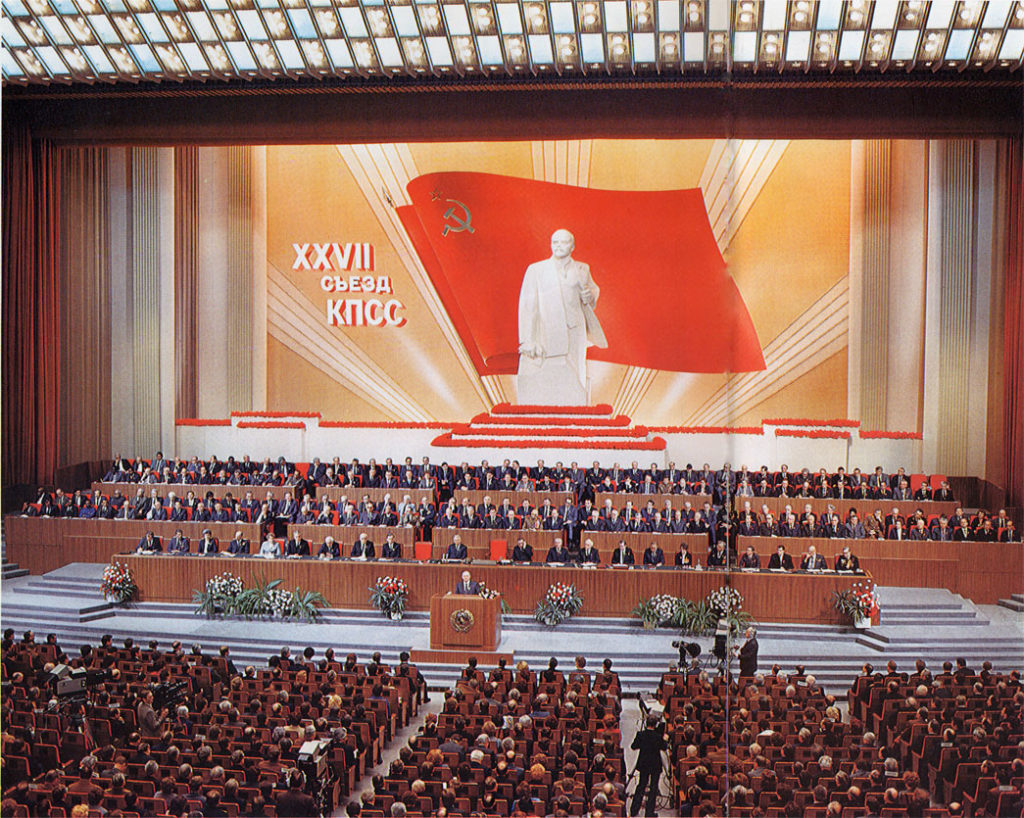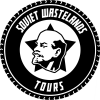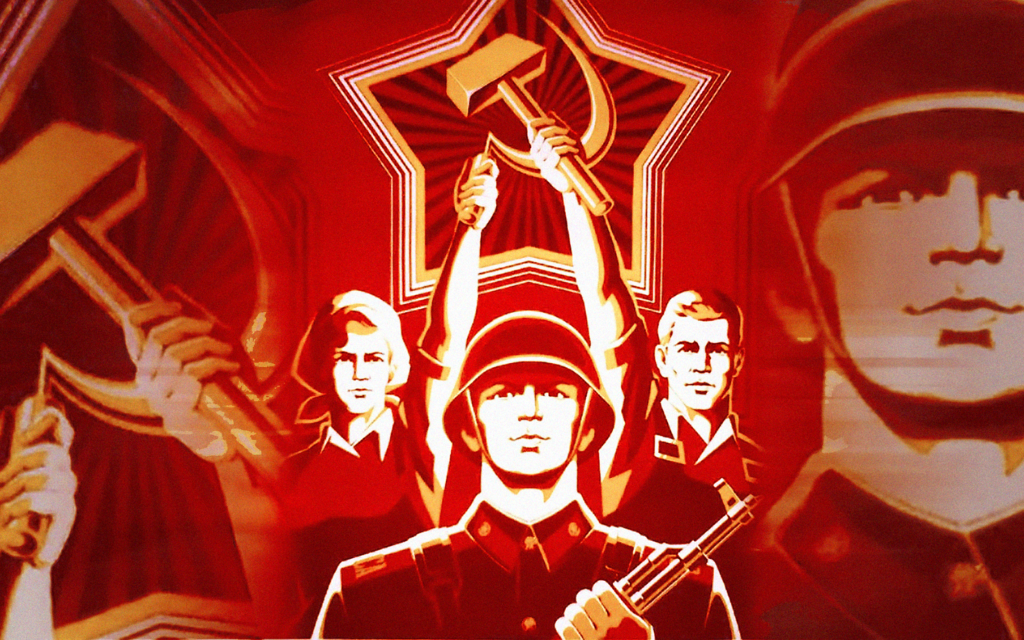On our range of Soviet tours, we are proud to educate people about the history of an empire that was for so long under the Iron Curtain. Our clients always have various great questions to ask us and we decided to start writing some articles about our most commonly asked questions, kicking off with what is a Soviet?
What was the Soviet Union?
Between 1922 and 1991, 22.4 million km² of the world fell under the control of the USSR. Standing for the Union of Soviet Socialist Republics, it was the largest country on earth. Consisting of a union of various national Soviet republics, its government and economy were highly centralized. It was a one-party state governed by the Communist Party, with Moscow as its capital in its largest republic of Russia. It spanned 11 time zones and 5 climate zones. Stretching 10,000 kilometers (6,200 mi) east to west and over 7,200 kilometers (4,500 mi) north to south, it’s territory included much of Eastern Europe as well as part of Northern Europe and all of Northern and Central Asia.
The Union was home to a myriad of various ethnicities, cultures, and traditions. One of the best examples of this multiculturalist society can be found at VDNKh park in Moscow, a Stalinist era Pavillion showcasing all of the republics that made up the USSR and the people that lived within them.

What Does Soviet Mean?
In Russian, the word Soviet translates to the word signifying council, assembly, advice, or harmony. The word “sovietnik” means the councilor. Throughout the history of Russia, various organizations have been called Soviet. Such as the State Council in Tsarist Russia which functioned until the Russian Revolution in 1917.
Following the Russian Revolution, various treaties were implemented such as the Treaty on the Creation of the USSR, the Declaration of the Creation of the USSR, and the 1924 Constitution of the Soviet Union and 1936 Constitution of the Soviet Union. Thus the Soviets were the basis of government in the USSR. Factory and village Soviets would send delegates to town Soviets, and in turn, the town Soviet would send delegates to the regional Soviet, town and regional Soviets elected delegates to the provincial Soviet, provincial Soviets sent delegates to the Soviet of the constituent republic, and the Soviets of the Union Republics sent delegates to the Supreme Soviet of the U.S.S.R. As of 1936, the election of delegates up the pyramid became direct.
Local constituents within the factory and village soviet would compile a list of what they want the government to do, and the role of the elected delegates was to carry out the given tasks. Unsatisfactory delegates are liable to recall by the majority decision of the electorate: in the 1930s, fifteen delegates were so recalled within four years in Moscow alone. There were very few full-time administrative workers or state functionaries; instead, many citizens would take part in the day-to-day running of the government. In the 1940s, it was estimated that at any given time there were over a million people participating in the running of the Soviets.
The Union Republics, Provinces, and Town Soviets had jurisdiction to run their own industry, take censuses, employ more doctors, teachers, and nurses, build schools, libraries and hospitals so long as it did not directly conflict with the national policy. More than half of the Union Republic’s income went towards local grants, and local Soviets were largely allowed to determine how their budget was spent.

For more historical articles check out our latest blog posts, for posts on dark and military history from around the world check out the team at Reaper Feed.

